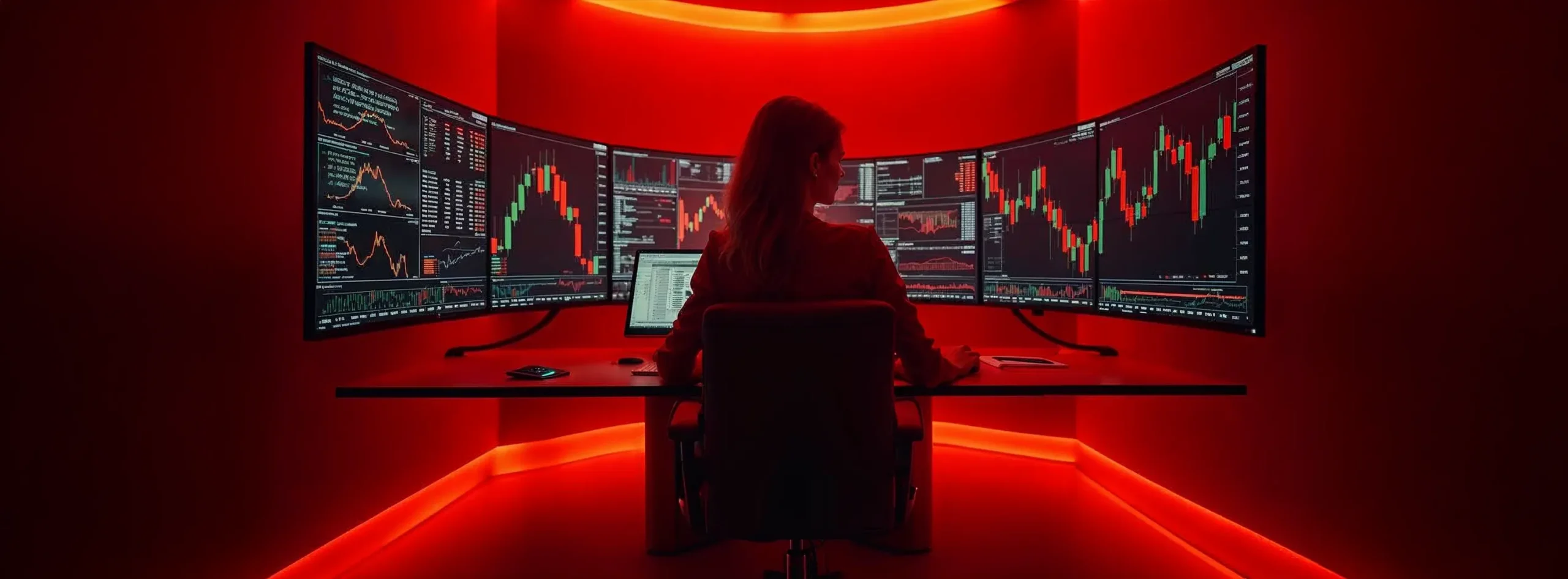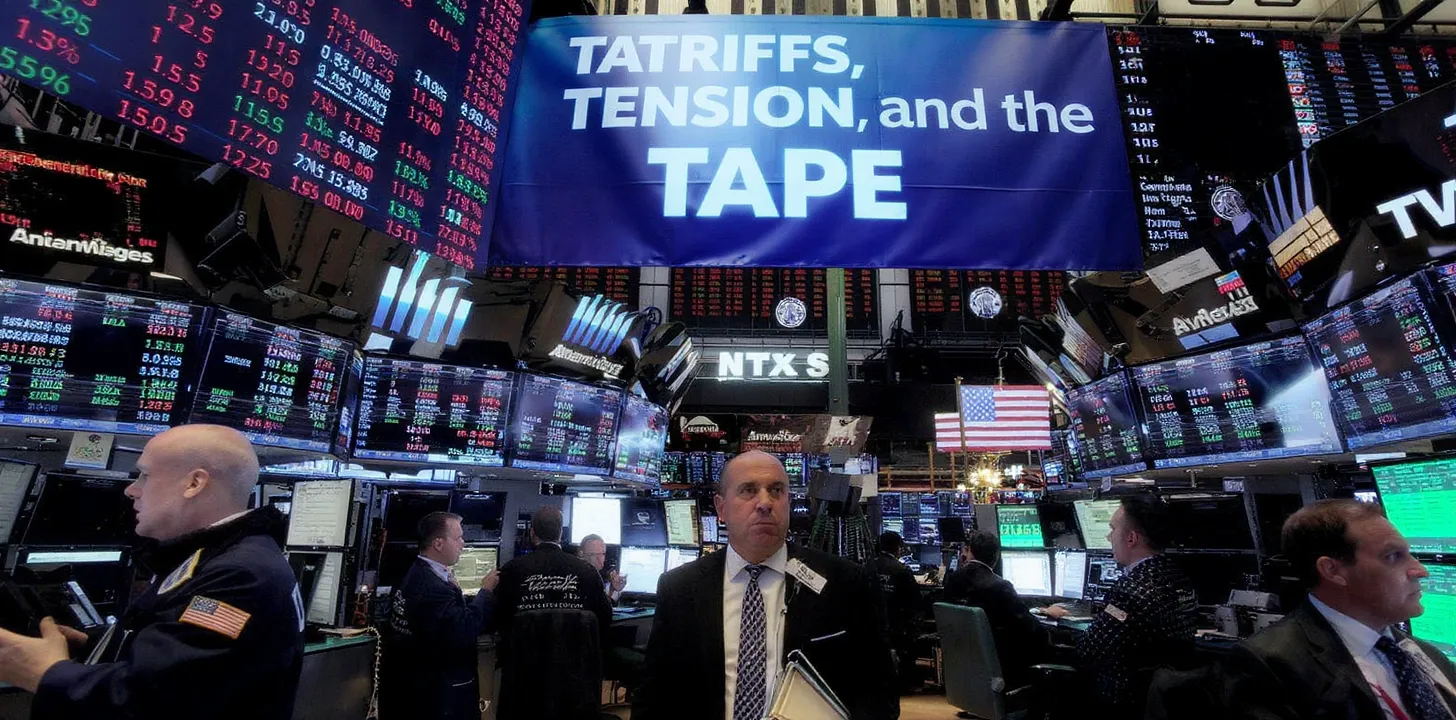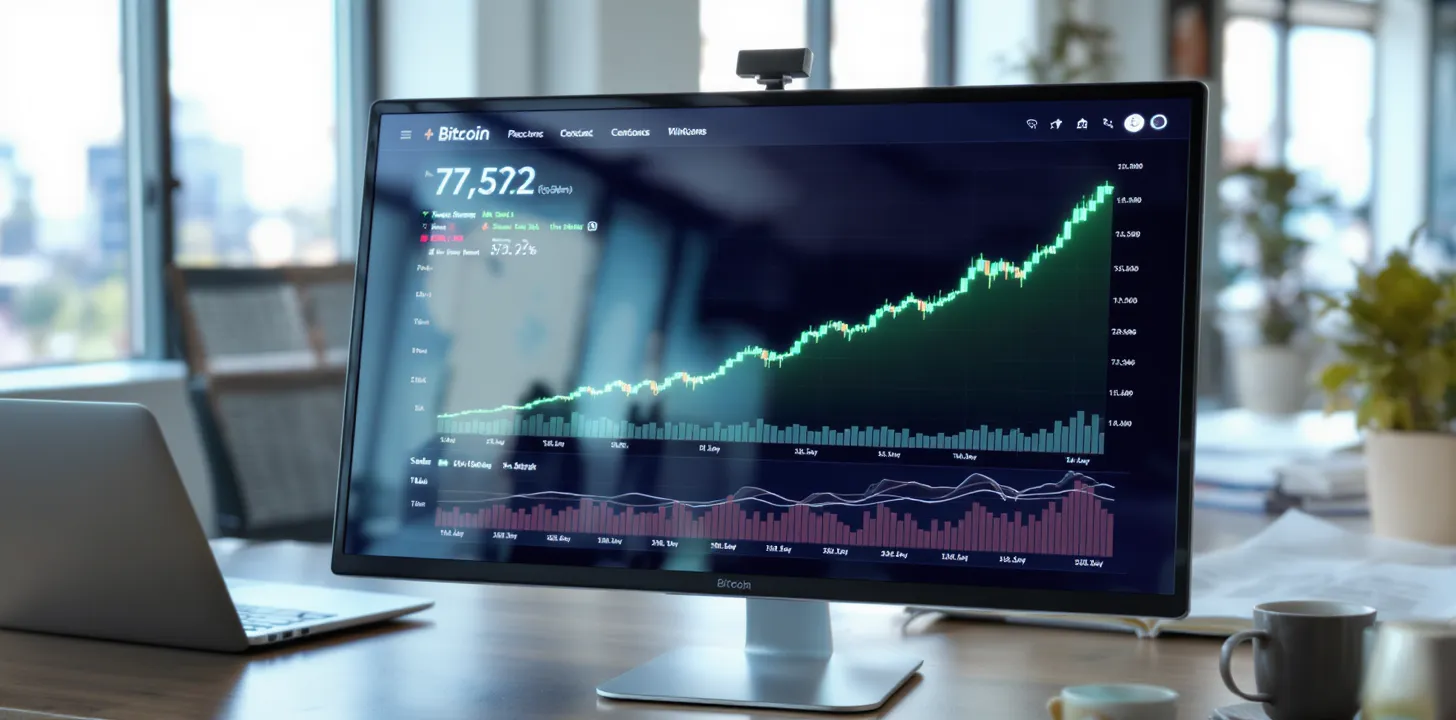Managing Risk in Gold Trading Through Key Risk Metrics
Gold trading presents substantial opportunities for profits, but its volatility necessitates careful risk management. Implementing robust risk metrics is essential to managing exposure and protecting capital. This article explores key risk metrics and their practical applications in gold trading.
Understanding Gold Market Risks
Gold is influenced by various factors, including geopolitical events, interest rate movements, inflation expectations, and currency fluctuations. These variables create significant volatility, presenting both opportunities and risks for traders. Effective risk management strategies hinge upon understanding and measuring these market risks accurately.
Essential Risk Metrics in Gold Trading
Value at Risk (VaR)
VaR measures the potential loss in the value of a portfolio over a defined period for a given confidence interval. For example, a 95% VaR of $10,000 means there is a 5% chance the portfolio will lose more than $10,000 within the specified period.
- Historical VaR: Uses historical data to simulate potential losses.
- Monte Carlo VaR: Uses computer-generated scenarios based on probability distributions.
- Parametric VaR: Assumes returns are normally distributed, simplifying calculation.
VaR helps gold traders set realistic expectations regarding potential losses, guiding effective stop-loss placements and risk exposure limits.
Conditional Value at Risk (CVaR)
CVaR, also known as Expected Shortfall, measures the average loss exceeding VaR. CVaR provides a clearer picture of extreme loss scenarios, which is crucial for managing tail risks prevalent in gold trading.
For instance, if the 95% VaR is $10,000, the CVaR would estimate the average loss expected if that 5% tail event occurs, potentially showing losses exceeding $15,000.
Implementing Risk Metrics in Gold Trading
Position Sizing and Diversification
Traders can use VaR and CVaR to determine optimal position sizes, balancing potential returns against acceptable risk levels. Additionally, diversifying across multiple commodities or related assets can further mitigate risks.
Stress Testing and Scenario Analysis
Stress tests simulate extreme market conditions to evaluate portfolio resilience. Traders assess scenarios such as sudden geopolitical events or drastic monetary policy changes, enabling better preparedness and adaptive strategies.
Challenges and Considerations
- Historical Data Dependence: Metrics like VaR heavily rely on historical data, which may not always predict future events accurately.
- Assumption of Normality: Parametric VaR assumes normally distributed returns, which can underestimate risks in volatile gold markets.
Conclusion
Effective use of risk metrics like VaR and CVaR is critical for managing risks associated with gold trading. Combining quantitative analysis with prudent trading practices enhances capital preservation and profitability.



